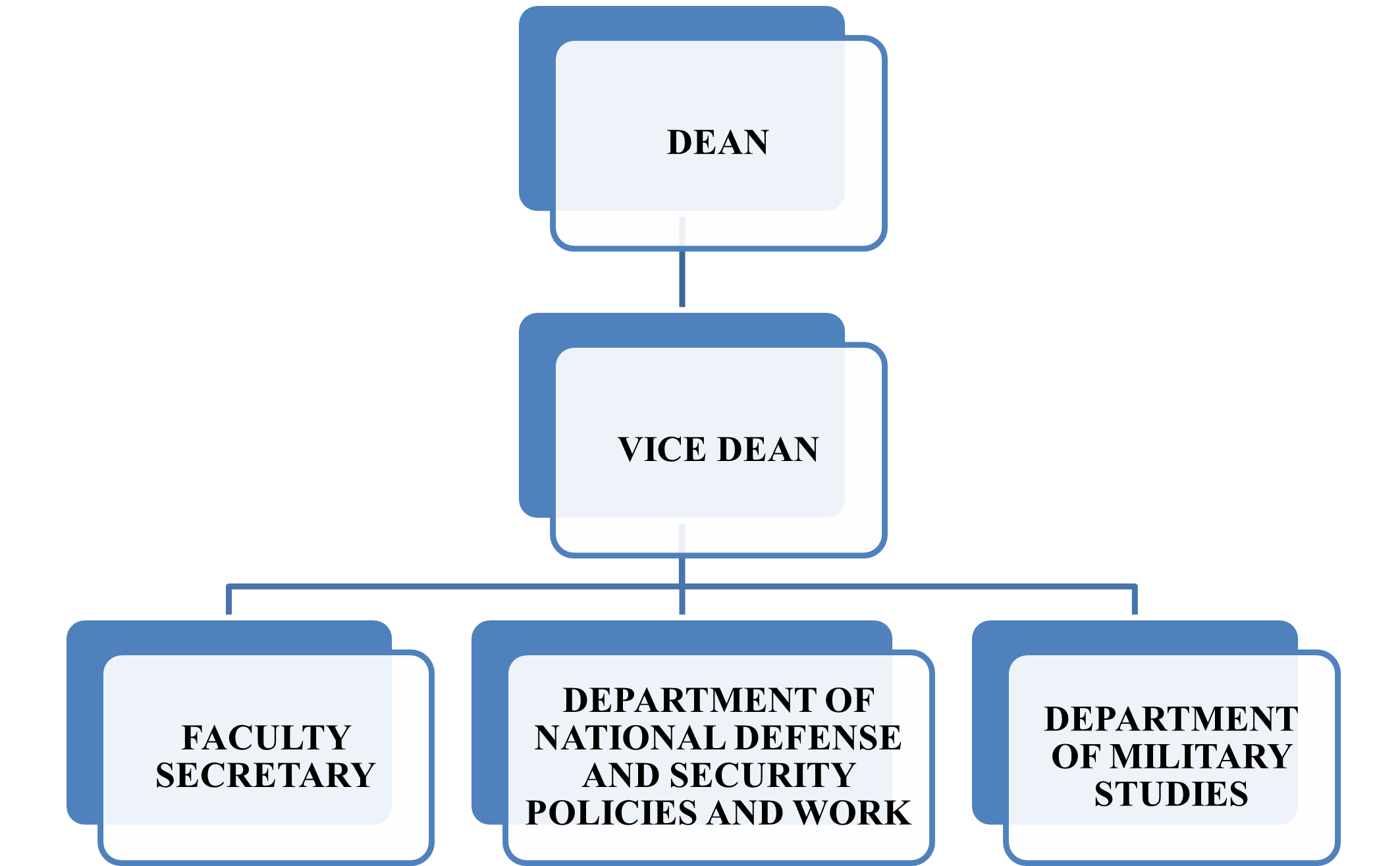I. Overview
As a leading multidisciplinary, application-oriented higher education institution in the Southwest
region in terms of both scale and training quality, the university not only fulfills its mission of
training highly qualified human resources to serve socio-economic development but also plays a key
role in disseminating knowledge on national defense and security education to all learners.
Faculty of National Defense and Security Education (NDSE)
-
Based on the university's organizational and operational regulations, as well as guidelines
for implementing the Law on National Defense and Security Education, the Chairman of the
University Council issued Decision No. 66/QĐ-CTHĐT-ĐHNCT on July 1, 2022, establishing the
Faculty of National Defense and Security Education (NDSE) under Nam Can Tho University.
-
The NDSE Faculty is responsible for organizing the official national defense and security
education program for students of Nam Can Tho University in accordance with the curriculum
issued by the Ministry of Education and Training, and for providing military skills training
for the university's students.
-
The university fully recognizes the importance of national defense and security education in
fostering resilience and nurturing patriotism among students, aiming to shape them into
citizens with profound love for their country and unwavering loyalty to the Fatherland.
II. Functions and Responsibilities
Upon completing the National Defense and Security Education program, learners are expected to
undergo fundamental transformations in various aspects, particularly in their awareness of national
defense and security, learning discipline, sense of organization and discipline, responsibility,
vision, life skills, teamwork skills, team spirit, and the ability to listen and share with others.
Knowledge and skills after completing the program
-
Students will be equipped with fundamental knowledge of the Party's viewpoints and
guidelines, as well as the State’s policies and laws on national defense education; the work
of building an all-people national defense and people’s security; the establishment of a
national defense posture in close association with the people’s security posture; the
integration of socio-economic development with national defense, security, and foreign
affairs; and the development of the people’s armed forces.
-
They will also gain awareness of both traditional and non-traditional security threats, the
importance of safeguarding national sovereignty, and measures to prevent and counter signs
of ideological, political, moral, and lifestyle degradation, as well as “self-evolution” and
“self-transformation” within the internal system.
-
Additionally, learners will undergo training to strictly observe military learning and
living regimes, practice infantry combat techniques and tactics, and be prepared to fulfill
the duty of defending the Fatherland.
Nam Can Tho University fully meets the requirements in terms of teaching staff, infrastructure,
teaching equipment, training grounds, and centralized dining and accommodation facilities to
independently conduct the National Defense and Security Education course for its students in a
disciplined, military-style environment.
Facilities and training conditions
-
A self-contained dormitory system with a capacity of 1,500 students, featuring separate male
and female zones, and fully equipped with bunk beds, mats, pillows, and mosquito nets to
support centralized living arrangements during the course period.
-
A separate dining facility located away from the dormitory area, allowing for convenient
movement and meeting hygiene and food safety standards, with proper ventilation and the
capacity to serve 500 to 800 meals simultaneously.
-
The technical and tactical infantry combat training ground for offensive and defensive
exercises is located within the university campus. It includes communication trenches, green
trees, and mounded terrain to simulate realistic training environments in accordance with
exercise requirements. Additionally, four mini football fields with a total area of 2,800
square meters are utilized, equipped with sandbags and shooting targets to support
individual combat skills training.
-
The drill training area comprises 2 kilometers of internal asphalt-paved roads with
directional markings, and a flag-raising and assembly ground covering an area of 1,000
square meters, furnished with a solid tiled surface.
-
The library accommodates over 500 students simultaneously for internet access, research, and
on-site reading. All learning materials and textbooks related to the National Defense and
Security Education course are provided without restriction.
III. Activities
Achievements and Recognition
-
Over the past five years of operation and development, the Faculty’s achievements have been
officially recognized by the University. Specifically, the Faculty was honored with the
title of “Advanced Labor Collective” for multiple consecutive years (2018, 2019, 2020, and
2021). In addition, many faculty members received certificates of merit for “Outstanding
Individual Performance” in recognition of their continued dedication and efforts.
-
In addition, the high graduation rates of students in the Medical Laboratory Technology and
Medical Imaging Technology programs, along with positive feedback from alumni and high
employer satisfaction, are noteworthy accomplishments that reflect the dedication and
collective efforts of the Faculty’s academic and administrative staff.
IV. Development
Strategic Direction and Mission Implementation
-
Upholding its mission to train professional healthcare personnel to serve medical
examination, treatment, and community health care across the country—particularly in the
Mekong Delta—the Faculty of Medicine has set a strategic direction to continue strengthening
its core academic units. These departments are being developed to become robust and capable
of fulfilling their essential roles and functions.
-
Simultaneously, the Faculty is implementing plans to train and enhance human resources not
only in teaching but also in clinical practice and community healthcare.
-
In addition, the Faculty continues to serve as a bridge between the University and
healthcare institutions, or directly collaborates with hospitals and diagnostic centers, to
jointly train and develop a competent healthcare workforce in response to the demands of
globalization.
V. Organizational structure
VI. Contact
